Xiaoxue Li
Is There More Pattern in Knowledge Graph? Exploring Proximity Pattern for Knowledge Graph Embedding
Oct 02, 2021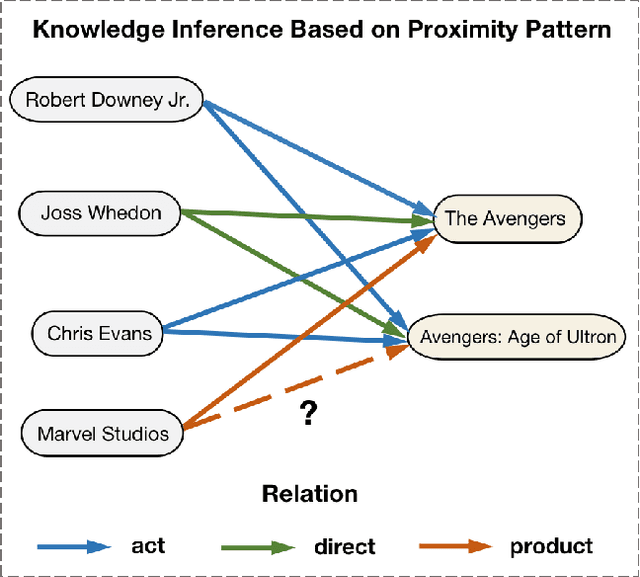
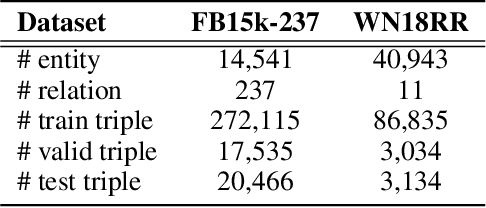
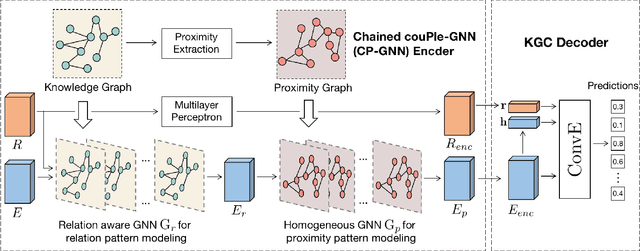
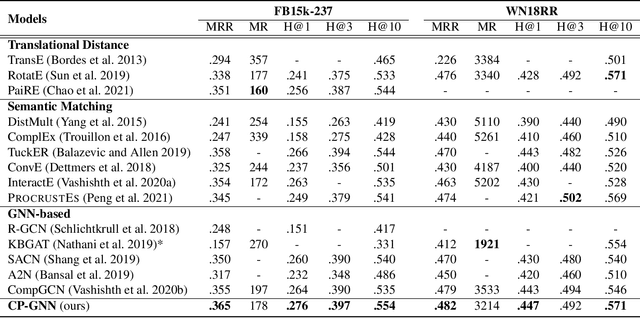
Abstract:Modeling of relation pattern is the core focus of previous Knowledge Graph Embedding works, which represents how one entity is related to another semantically by some explicit relation. However, there is a more natural and intuitive relevancy among entities being always ignored, which is that how one entity is close to another semantically, without the consideration of any explicit relation. We name such semantic phenomenon in knowledge graph as proximity pattern. In this work, we explore the problem of how to define and represent proximity pattern, and how it can be utilized to help knowledge graph embedding. Firstly, we define the proximity of any two entities according to their statistically shared queries, then we construct a derived graph structure and represent the proximity pattern from global view. Moreover, with the original knowledge graph, we design a Chained couPle-GNN (CP-GNN) architecture to deeply merge the two patterns (graphs) together, which can encode a more comprehensive knowledge embedding. Being evaluated on FB15k-237 and WN18RR datasets, CP-GNN achieves state-of-the-art results for Knowledge Graph Completion task, and can especially boost the modeling capacity for complex queries that contain multiple answer entities, proving the effectiveness of introduced proximity pattern.
RLINK: Deep Reinforcement Learning for User Identity Linkage
Oct 31, 2019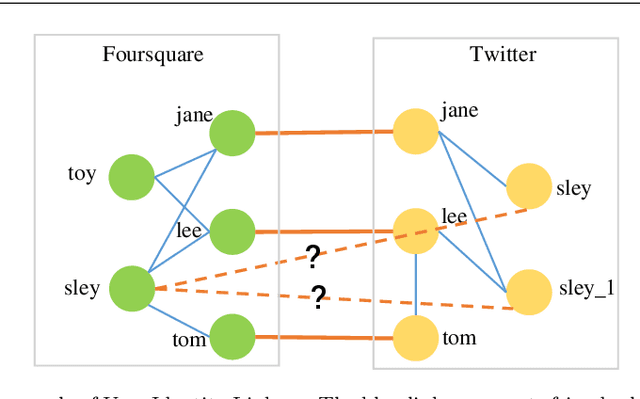
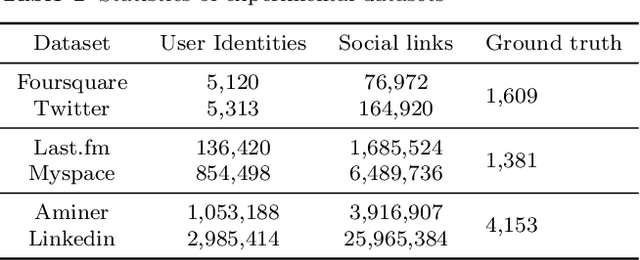
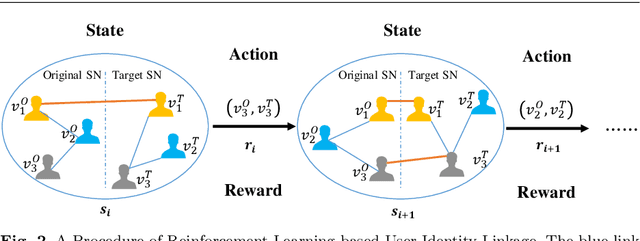
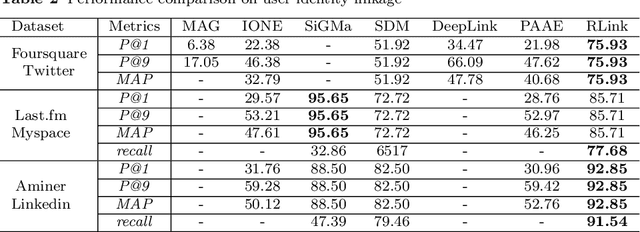
Abstract:User identity linkage is a task of recognizing the identities of the same user across different social networks (SN). Previous works tackle this problem via estimating the pairwise similarity between identities from different SN, predicting the label of identity pairs or selecting the most relevant identity pair based on the similarity scores. However, most of these methods ignore the results of previously matched identities, which could contribute to the linkage in following matching steps. To address this problem, we convert user identity linkage into a sequence decision problem and propose a reinforcement learning model to optimize the linkage strategy from the global perspective. Our method makes full use of both the social network structure and the history matched identities, and explores the long-term influence of current matching on subsequent decisions. We conduct experiments on different types of datasets, the results show that our method achieves better performance than other state-of-the-art methods.
 Add to Chrome
Add to Chrome Add to Firefox
Add to Firefox Add to Edge
Add to Edge